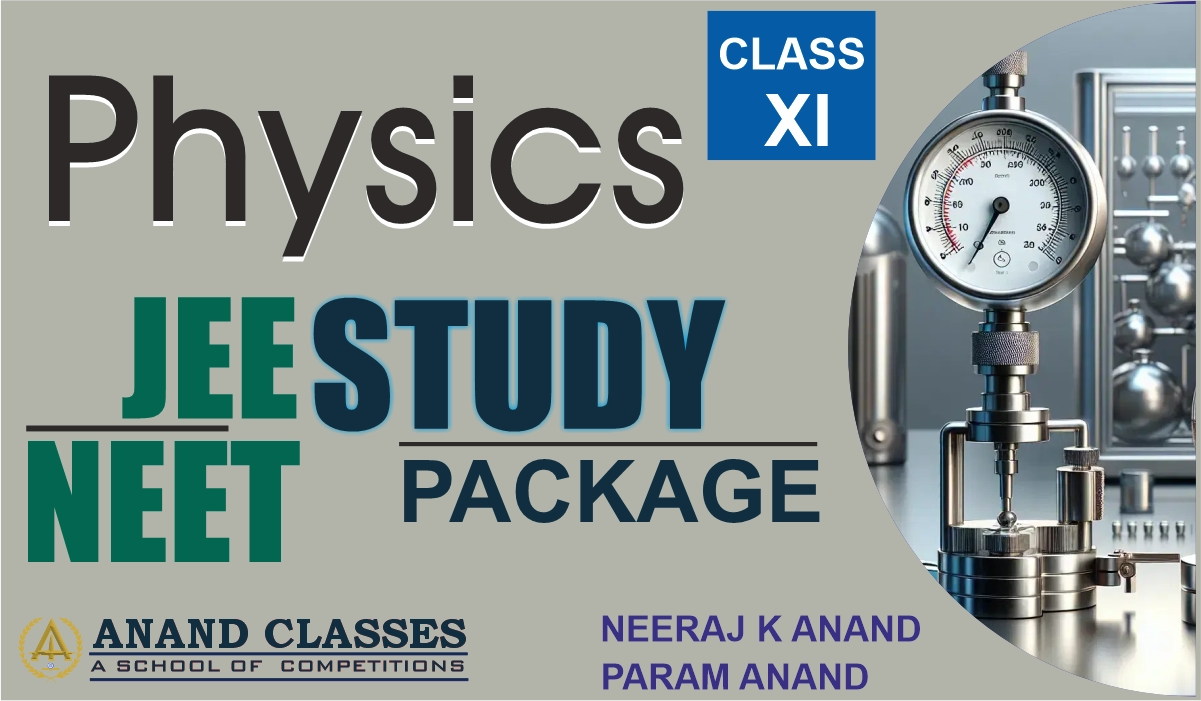Introduction
Understanding the difference between inertial mass and gravitational mass is crucial for students preparing for JEE, NEET, and CBSE Class 11 Physics exams. This topic is fundamental in Newtonian Mechanics and helps in solving problems related to motion and gravitation.
👉 Buy Complete Study Material: Click Here
📌 Comparison Between Inertial and Gravitational Mass
Q1: What is Inertial Mass?
✅ Answer: Inertial mass is the resistance a body offers to a change in its state of motion when a force is applied. It is measured using Newton’s Second Law of Motion (F=ma).
Q2: What is Gravitational Mass?
✅ Answer: Gravitational mass determines the gravitational force exerted by or experienced by a body. It is measured using Newton’s Law of Gravitation (F = GMm/R2).
📌 Key Differences Between Inertial and Gravitational Mass
| Property | Inertial Mass | Gravitational Mass |
|---|---|---|
| Definition | Resistance to motion change | Ability to attract or be attracted by gravity |
| Measurement Method | Using Newton’s Second Law (F=ma) | Using Newton’s Law of Gravitation (F = GMm/R2) |
| Unit | Kilogram (kg) | Kilogram (kg) |
| Depends on | Applied force | Gravitational attraction |
| Measuring Instrument | Inertial balance | Spring balance |
📌 Comparison Between Mass and Weight
Q3: What is the Difference Between Mass and Weight?
✅ Answer:
| Mass (m) | Weight (W) |
|---|---|
| Mass is the quantity of matter in a body. | Weight is the force due to gravity acting on a body. |
| Independent of gravitational acceleration (g). | Varies with gravitational acceleration (g). |
| SI Unit: Kilogram (kg). | SI Unit: Newton (N). |
| Scalar quantity. | Vector quantity. |
| Measured using a physical balance. | Measured using a spring balance. |
📌 Multiple-Choice Questions (MCQs) with Answers
Q1: Inertial mass of a body is determined by:
🔘 (A) Newton’s Law of Gravitation
🔘 (B) Newton’s Second Law of Motion
🔘 (C) Kepler’s Laws
🔘 (D) None of these
✅ Correct Answer: (B) Newton’s Second Law of Motion
💡 Explanation: Inertial mass is determined by the equation F=maF = maF=ma, which comes from Newton’s Second Law of Motion.
Q2: The weight of an object is maximum at:
🔘 (A) Equator
🔘 (B) Poles
🔘 (C) Center of the Earth
🔘 (D) In Space
✅ Correct Answer: (B) Poles
💡 Explanation: The value of ggg is highest at the poles, so weight is maximum there.
Q3: Which instrument is used to measure gravitational mass?
🔘 (A) Physical balance
🔘 (B) Inertial balance
🔘 (C) Spring balance
🔘 (D) Beam balance
✅ Correct Answer: (C) Spring balance
💡 Explanation: Spring balance measures weight, which depends on gravitational mass.
📌 FAQs on Inertial and Gravitational Mass
Q1: Is inertial mass always equal to gravitational mass?
✅ Answer: Yes, in all experiments conducted so far, inertial mass has been found to be equal to gravitational mass. This is a key assumption in Einstein’s General Theory of Relativity.
Q2: Can weight be zero?
✅ Answer: Yes, at infinity (far away from any gravitational source) and at the center of the Earth, weight becomes zero because g=0g = 0g=0.
Q3: Why does an astronaut feel weightless in space?
✅ Answer: In space, an astronaut is in free fall, experiencing zero net force, which creates a sensation of weightlessness.
Test Your Knowledge
📌 Conclusion
Understanding the differences between inertial and gravitational mass, as well as mass vs weight, is essential for competitive exams like JEE and NEET. For in-depth study material, buy complete notes from Anand Classes.
📢 Proprietor: NIRMAL ANAND Educations
✍️ Written by: Neeraj Anand
📚 Published by: Anand Technical Publishers
🏫 Under: Anand Classes
📞 Contact: +91-9463138669
📩 Email: anandclasses1996@gmail.com
🔥 Get the Best Study Material for JEE, NEET & CBSE Now!
🔗 Click Here to Buy


